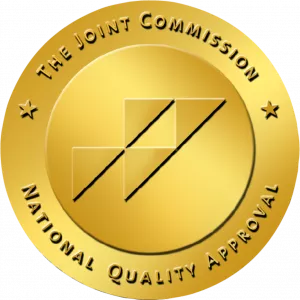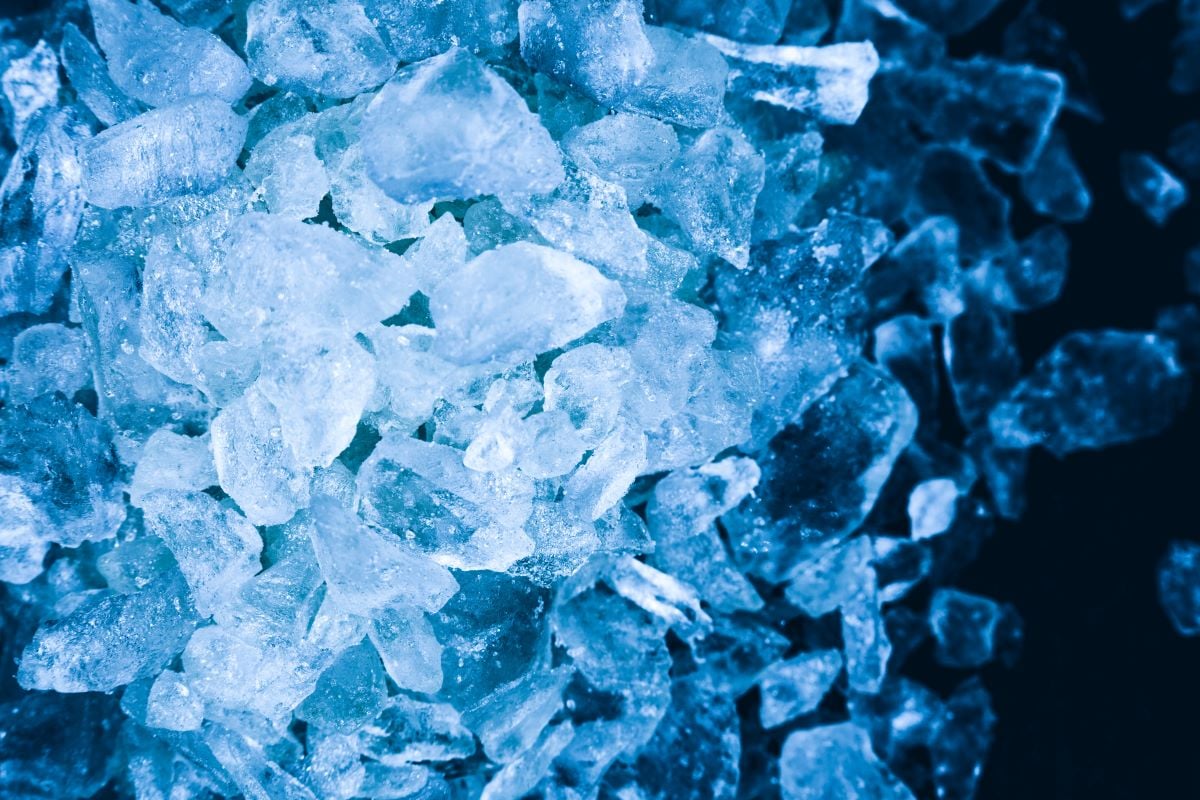Methamphetamine, also known as meth, is a highly addictive stimulant that can smell like a variety of things, ranging from window cleaner to cat urine.
In this post, Avenues Recovery, leader in addiction treatment and rehabilitation, answers your questions on meth smell. Read on to learn what meth smells like when smoked, cooked, or produced in a lab.
Does Meth Have a Smell?
Pure meth usually does not have a strong smell. However, during the production process and when it is smoked or used, meth can produce a variety of odors due to the chemicals involved. These odors range from a strong chemical or ammonia-like odor to a bitter or sweet smell. The strength of these smells can depend on factors such as:
- The purity of the meth
- The method of production
- Any impurities or byproducts in the meth
What Does Methamphetamine Smell Like?
Some say the meth smell is similar to:
- Window cleaner
- Rotten eggs
- Cat urine
- Vinegar
- Ammonia
- A hospital
- Paint

What Does Meth Smell Like When Smoked?
When meth is smoked, it can produce a strong and acrid odor. Users often describe the smell as chemical-like or similar to burning plastic. The meth smoke smell can stay in the air and on clothing or other surfaces for a long time. It's worth noting that the smell of smoked meth can be different from the smell of a meth lab, as the chemicals involved in the production process can create distinct odors.
What Does Cooking Meth Smell Like?
When meth is cooked or produced, it can emit a strong, chemical-like odor that is often described as similar to ammonia or cat urine. This smell results from the various chemicals and solvents used in the production process, like ammonia, acetone, and hydrochloric acid. The exact smell can vary depending on the specific ingredients and methods used, but it is generally described as pungent and unpleasant.
What Does a Meth Lab Smell Like?
The smell of a meth lab can be very strong and unique, often described as a combination of various odors, including chemical smells like ammonia or acetone, as well as a sweet, sickening odor. People often compare it to the smell of cat urine or rotten eggs. The exact smell of a meth lab can vary depending on the specific chemicals used and the stage of the meth production process.

What Does Crystal Meth Smell Like?
Generally, pure crystal meth has little to no smell. However, impurities and byproducts from the manufacturing process can create a strong, chemical-like smell. This smell is often described as similar to ammonia or cat urine, and it can be quite pungent and unpleasant. The exact smell can vary based on the specific chemicals used and the methods of production.
What Does Meth Smell Like on Someone’s Clothes?
A person’s clothes may smell sharp and acrid, or have a chemical-like unpleasant smell if they have been smoking meth or working in a meth lab.
Why Does Meth Smell?
The meth smell, often described as a strong, chemical-like odor, is primarily due to the chemicals used in its production. Meth itself has little to no odor, but the ingredients and byproducts of its synthesis can create a distinct smell. Common ingredients in meth production contribute to the strong, unpleasant odor associated with meth labs. These chemicals can produce a range of smells, including ammonia-like, rotten egg-like, or even a sweet-smelling meth odor, depending on the specific compounds involved in the production process.
Some ingredients that may cause the meth smell include:
- Pseudoephedrine or Ephedrine: Found in some cold medications.
- Lithium: Often extracted from batteries.
- Anhydrous Ammonia: A fertilizer or cleaning product.
- Red Phosphorus: Found in matches or road flares.
- Hydrochloric Acid: Used in industrial processes.
- Acetone: A solvent found in nail polish remover.
- Toluene: A solvent found in paint thinners.
- Ether: A highly flammable chemical used as a solvent.

What to Do if an Area Smells of Meth
If you are in a place where you think meth is being made or used and you smell unusual chemical odors, leave the area right away. Don’t check further or try to figure out the source of the smell. Avoid touching any surfaces or objects that may be contaminated with meth or its residues. These residues can be harmful if they come into contact with your skin or if you inhale them.
If you are in a location where meth was used or produced in the past and the smell is lingering, open windows and doors to air out the area. This can help reduce the concentration of any remaining chemicals in the air. If you suspect meth production or use in your area, contact local law enforcement or your local health department. They can investigate the situation and take appropriate action to address any health or safety risks. If you prefer to remain anonymous when reporting suspicious activity, you can contact Crime Stoppers or similar anonymous tip lines in your area.
Do not attempt to clean up a site where meth was produced or used. Meth production creates dangerous waste, and proper cleanup should be done by professionals only. If you think you were exposed to meth or its residues, get medical help right away if you are experiencing symptoms such as:
- Headaches
- Nausea
- Dizziness
- Breathing issues
What Are the Dangers of Being Exposed to a Meth Lab?
Some of the dangers of being exposed to a meth lab include:
- Chemical Exposure: Meth labs use a variety of dangerous chemicals like ammonia, acetone, hydrochloric acid, and red phosphorus, which can release fumes or be absorbed through the skin, leading to chemical burns, breathing issues, and other health problems.
- Fire and Explosion Risks: The production process involves flammable and explosive chemicals, creating a high risk of fire or explosion. Improper handling or storage of these chemicals can result in life-threatening situations.
- Health Effects from Residue: Meth lab residues can contaminate surfaces and materials in the area, posing health risks to anyone who comes into contact with them. Residues (leftover chemicals) can last for a long time and may cause skin irritation, breathing problems, and other health problems.
- Environmental Contamination: Meth labs can lead to environmental contamination, as chemicals and waste products may be improperly disposed of, leading to soil and water pollution.
- Structural Damage: The production process can cause damage to the structure of a building, as well as leave behind hazardous materials that can be costly and challenging to clean up.
- Legal Consequences: In addition to the health risks, being exposed to a meth lab can have legal consequences, as meth production is illegal in most places.
It's important to take precautions if you suspect you have been exposed to a meth lab or if you encounter a suspicious meth odor or situation. Leave the area immediately, avoid touching any materials or surfaces, and seek medical attention if you experience symptoms of exposure.
Get Help for Meth Addiction
Now that we understand what meth smells like, the distinct smell of meth is a warning sign that shouldn't be overlooked. Identifying this odor could be crucial in preventing harm. If you or someone you love is struggling with meth addiction or notices this smell, it's important to take action. Reach out to Avenues Recovery for support. Our compassionate team is here to help you start the journey to recovery and offer the guidance needed to overcome addiction. Taking the first step toward help is a brave move toward a healthier and more promising future.



